Tabi socks are more than just traditional Japanese footwear — in 2025, they’re a growing opportunity for brands and wholesale buyers worldwide. This guide will walk you through everything from their history and types to custom manufacturing options. By the end, you’ll know exactly how to source high-quality tabi socks in bulk for your business.
What Are Tabi Socks?
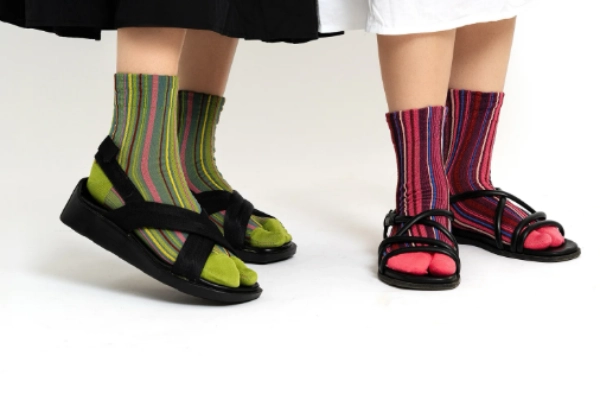
Tabi socks are a traditional Japanese sock design distinguished by a split between the big toe and the other toes. This feature was originally intended for use with zori and geta sandals, improving stability, grip, and natural toe alignment. The look and function are so distinctive that they remain instantly recognizable worldwide.
Unlike regular socks, their unique structure changes the way the foot interacts with footwear — a difference explained further in our Tabi Socks vs Regular Socks article.
Today, tabi socks are no longer limited to traditional clothing. They have become part of global fashion, performance wear, and cultural products, serving both practical and stylistic purposes. This blend of heritage and versatility makes them an appealing addition for brands seeking something that stands out in the market.a valuable addition for brands and distributors seeking distinctive products with cross-market appeal.
The Cultural History of Tabi Socks
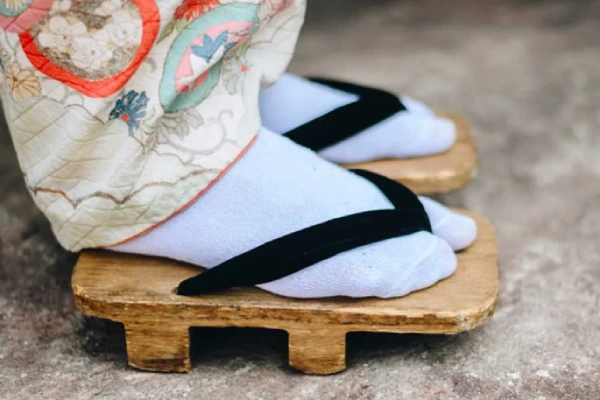
Tabi socks trace their roots to centuries-old Japanese traditions, where their split-toe design served both functional and cultural purposes. Originally worn with thong-style footwear such as zori and geta sandals, they became a distinctive element of formal attire and everyday dress across different eras.
Over time, the design evolved into variations for work, martial arts, and performance, many of which are still produced today. This deep cultural connection continues to influence how tabi socks are perceived in modern markets — as a blend of heritage, craftsmanship, and distinctive style.
Types of Tabi Socks
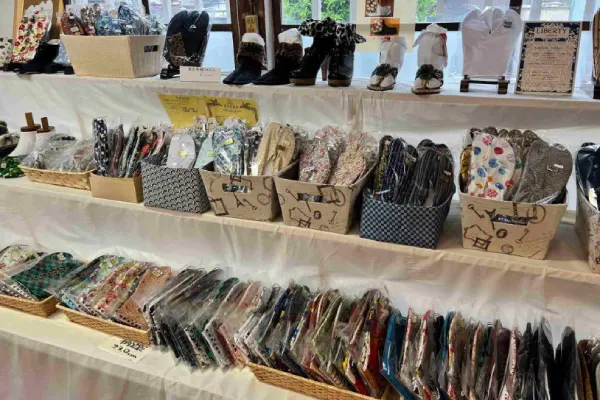
All tabi socks share the split-toe structure, but the category has grown to serve very different markets. For buyers, understanding these variations helps in selecting products that fit their audience and sales channels.
By Design & Length
- Traditional Tabi — Ankle-length or slightly higher, worn with kimono, martial arts uniforms, and zori/geta sandals. Common in ceremonies, theater, and festivals.
- Jika-tabi (Outdoor Tabi) — Mid-calf or higher, made from thick fabric with a rubber sole. Designed for work, performance, and outdoor use where grip and flexibility matter.
- Modern Casual Tabi — Ankle or crew length, styled for everyday wear with sneakers, sandals, or casual shoes. Often features elastic cuffs, breathable materials, and vibrant patterns.
- Sports Tabi — Usually ankle or crew length, made for running, yoga, dance, and athletic performance. May include arch support, moisture-wicking fabrics, and compression zones.
By Material
- Cotton — Breathable and versatile for year-round wear.
- Bamboo Fiber — Naturally antibacterial, moisture-absorbing, and eco-friendly.
- Wool — Warm and insulating, ideal for cold-weather markets.
- Performance Synthetics — Quick-drying, durable, and suited for sports.
Customization for Businesses
Wholesale and OEM/ODM orders can be tailored for brand identity and target market:
- Colors & Patterns — From minimalist solids to intricate woven designs.
- Logo Placement — Embroidered, knitted-in, or printed branding.
- Special Features — Anti-slip grips, reinforced heels/toes, eco-friendly fibers.
- Packaging — Custom labels, hang tags, and retail-ready packs.
Benefits of Tabi Socks for Businesses
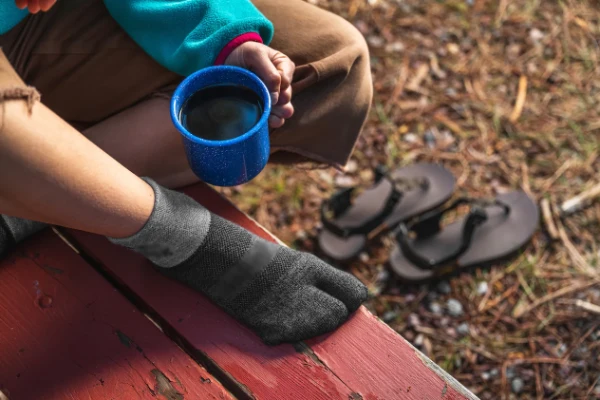
In the global apparel and footwear accessories market, niche products with strong cultural identity often deliver above-average margins and sustained demand. Tabi socks are no exception — and recent market data confirms their commercial potential.
Expanding Global Sock Market
According to Grand View Research, the global sock market was valued at USD 48.1 billion in 2023 and is projected to reach USD 64.8 billion by 2030, growing at a CAGR of 4.3%. Within this market, specialty socks — which include performance, cultural, and design-driven categories like tabi socks — are among the fastest-growing segments.
Rising Demand in Niche & Functional Footwear
A Statista Consumer Insights 2024 report shows that demand for functional and performance socks is increasing globally, particularly in sportswear (+6.2% YoY) and cultural/lifestyle categories (+5.7% YoY). Tabi socks serve both segments, making them adaptable for multiple markets.
Multiple Market Segments
Tabi socks can be marketed across diverse sectors:
- Sports & Fitness — The global sports apparel market is forecast to reach USD 410 billion by 2028, creating continuous demand for niche performance socks.
- Fashion & Streetwear — Limited-edition and designer-collaboration products can command price premiums of 20–40%.
- Cultural & Tourism — Inbound tourism to Japan exceeded 25 million visitors in 2024, according to the Japan National Tourism Organization, driving interest in cultural apparel worldwide.
- Workwear — Outdoor and trade professions requiring flexibility and grip benefit from the tabi structure.
How to Care for Tabi Socks
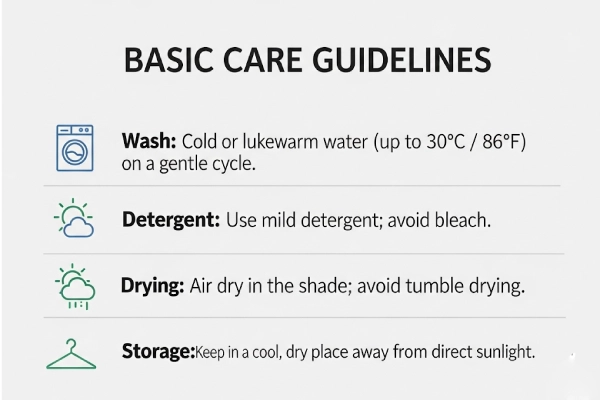
Proper care extends the life, comfort, and appearance of tabi socks, whether they are for daily wear, sports, or cultural events. For businesses, providing customers with clear washing and maintenance instructions can help reduce returns and improve satisfaction.
Basic Care Guidelines:
- Wash: Cold or lukewarm water (up to 30°C / 86°F) on a gentle cycle.
- Detergent: Use a mild detergent; avoid bleach.
- Drying: Air dry in the shade; avoid tumble drying.
- Storage: Keep in a cool, dry place away from direct sunlight.
For patterned or logo socks, turning them inside out before washing can help preserve colors and designs. Performance fabrics should not be washed with fabric softeners to maintain their moisture-wicking abilities.
📖 For a detailed care guide covering different materials, bulk storage tips, and printable packaging instructions, see our full article: The Complete Guide to Caring for Tabi Socks – Washing, Drying & Storage.
FAQ – Common Questions About Tabi Socks in Bulk
How long does it take to produce a bulk order?
Our standard production lead time for tabi socks is 25–30 days from sample approval.
- Large Orders: For volumes exceeding 30,000 pairs, or for designs requiring special components (such as grip soles or custom printing), the lead time is typically 30–35 days.
- Stock Items: For in-stock products, we can arrange shipment within 2–3 days.
We operate our own manufacturing facility, enabling stable delivery schedules and minimal delays — even during peak seasons — and we maintain certifications including ISO 9001, BSCI, OEKO-TEX® Standard 100, FDA, and CE, ensuring compliance with global standards.
Can I add my own brand logo to tabi socks?
Yes. Branding options include woven jacquard patterns, embroidery, and printed labels or packaging. Private label services are available for wholesale and retail-ready orders.
What materials are best for tabi socks?
Popular materials include:
- Cotton – Breathable and versatile for everyday wear.
- Bamboo Fiber – Naturally antibacterial and eco-friendly.
- Wool – Warm and insulating for cold-weather markets.
- Performance Synthetics – Quick-drying and durable for sports use.
Do suppliers offer eco-friendly tabi socks?
Yes. We can produce tabi socks using organic cotton, bamboo fiber, or recycled yarns, along with eco-friendly packaging options for brands focused on sustainability.
Can tabi socks be made for specific sports or cultural events?
Absolutely. Tabi socks can be customized with performance features for running, yoga, or martial arts, or designed to match uniforms and costumes for cultural festivals, ceremonies, or stage performances.
Conclusion – Partner with a Professional Tabi Sock Manufacturer
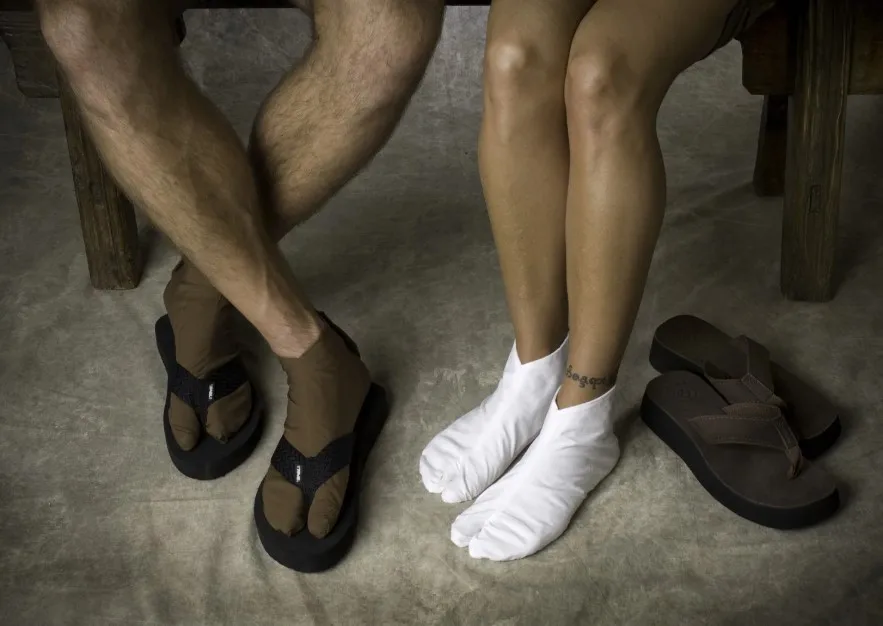
Tabi socks offer a unique combination of cultural heritage and modern performance, making them a high-potential product for sports, fashion, and cultural merchandise markets. For a concrete example, see our full custom tabi socks product details.
If you’re looking for a reliable OEM/ODM supplier with proven production capacity, quality certifications, and on-time delivery, our team is ready to help.
💬 Tell us about your project in the form below/on the right — and we’ll send you a custom quotation within 24 hours.
